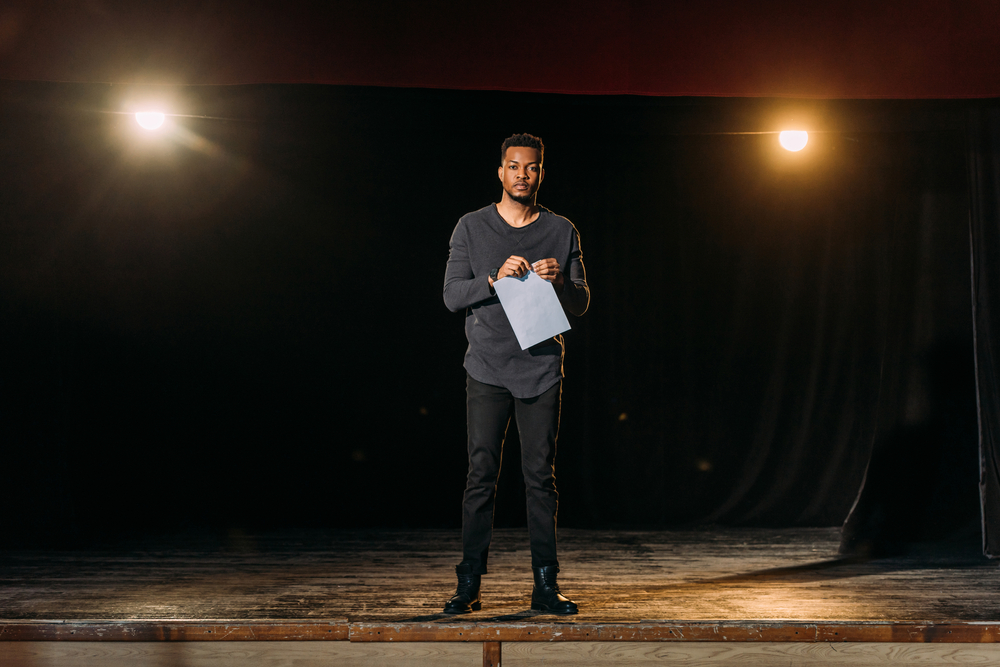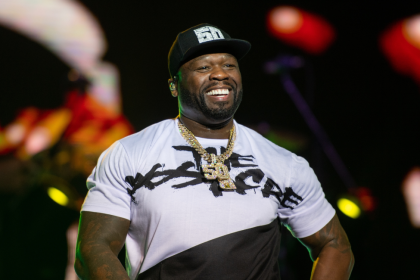In the high-stakes world of acting, auditions are the gateway to success. Every aspiring actor dreams of that moment when they stand before a casting director and deliver a performance so captivating that it secures them the role of a lifetime. However, the competition is fierce, and only a select few manage to stand out from the crowd. What sets these successful actors apart? The answer lies in the methods they use to prepare for and deliver their performances. In this article, we’ll explore four proven acting methods that stars rely on to win auditions, giving you insight into how you can elevate your own craft and make a lasting impression in your next audition.
1. Method acting
Why method acting resonates with casting directors
Method acting is one of the most well-known and respected techniques in the acting world. Developed by Lee Strasberg and inspired by the work of Konstantin Stanislavski, this approach requires actors to fully immerse themselves in the character they are portraying. The focus is on internalizing the character’s emotions, thoughts and experiences to deliver a performance that is both authentic and emotionally powerful.
Actors who use method acting often live as their characters for a period before the audition, adopting their habits, speech patterns and even their thought processes. This deep connection to the character resonates with casting directors, who can see and feel the authenticity in the performance. Method acting has been credited with helping stars like Daniel Day-Lewis and Marlon Brando secure some of their most iconic roles.
The dedication required for method acting can be intense, but it also allows you to experience the character’s world in a way that makes your performance unforgettable.
2. Meisner technique
The power of reacting in the moment
The Meisner technique — developed by Sanford Meisner — emphasizes the importance of reacting truthfully in the moment. This method is centered around the idea that acting is about living truthfully under imaginary circumstances. Instead of focusing on the internalization of emotions like method acting, the Meisner technique encourages actors to stay present and responsive to their scene partners.
Actors trained in the Meisner technique are skilled at building authentic connections with their fellow actors, making their performances feel natural and spontaneous. During auditions, this ability to stay in the moment and react truthfully can set you apart from others who may be too focused on delivering a pre-rehearsed performance.
The spontaneity and authenticity that come from the Meisner technique can lead to those magical moments in auditions where the casting director sees the character come to life before their eyes.
3. The Stanislavski system
Crafting a detailed character background
Konstantin Stanislavski’s system is the foundation upon which many modern acting techniques are built. His approach encourages actors to create detailed backstories for their characters — considering every aspect of their lives — from their childhood experiences to their deepest desires. This comprehensive understanding of the character allows actors to approach their roles with depth and nuance.
In auditions, the Stanislavski system helps actors present a fully realized character, not just a portrayal. The depth of understanding gained from this method enables actors to make informed choices about how their characters would react in various situations, leading to more dynamic and believable performances.
When you approach a role with the depth and detail that the Stanislavski system demands, you’re not just acting — you’re creating a living, breathing person who captivates the audience and the casting director alike.
4. The Alexander technique
The importance of body language in auditions
The Alexander technique is unique among acting methods because it focuses on the actor’s physical presence rather than their emotional or psychological state. Developed by F. Matthias Alexander, this technique teaches actors how to use their bodies more effectively, reducing tension and improving posture, movement and voice control.
In auditions — where first impressions are crucial — the Alexander technique can give actors an edge by helping them project confidence and control. An actor who moves with grace and speaks with clarity can immediately draw the attention of a casting director, making it easier for them to visualize the actor in the role.
Your body is a powerful tool in acting, and mastering the Alexander technique can help you harness that power to command the room from the moment you walk in.
More than just delivering lines
Winning an audition is about more than just delivering lines—it’s about bringing a character to life in a way that captivates and convinces the casting director that you are the right person for the role. The methods discussed — method acting, the Meisner technique, the Stanislavski system and the Alexander technique — are all proven approaches that have helped countless stars achieve success in their careers. By studying and applying these techniques, you too can refine your craft and increase your chances of standing out in your next audition.
Remember, the journey to mastering these methods is ongoing, and every audition is an opportunity to grow as an actor. Whether you’re just starting out or are a seasoned performer, integrating these techniques into your preparation can help you deliver the kind of performance that leaves a lasting impression. As you continue to develop your skills, don’t just aim to perform — aim to embody the roles you take on, and watch as your auditions turn into opportunities for greatness.
This story was created using AI technology.











